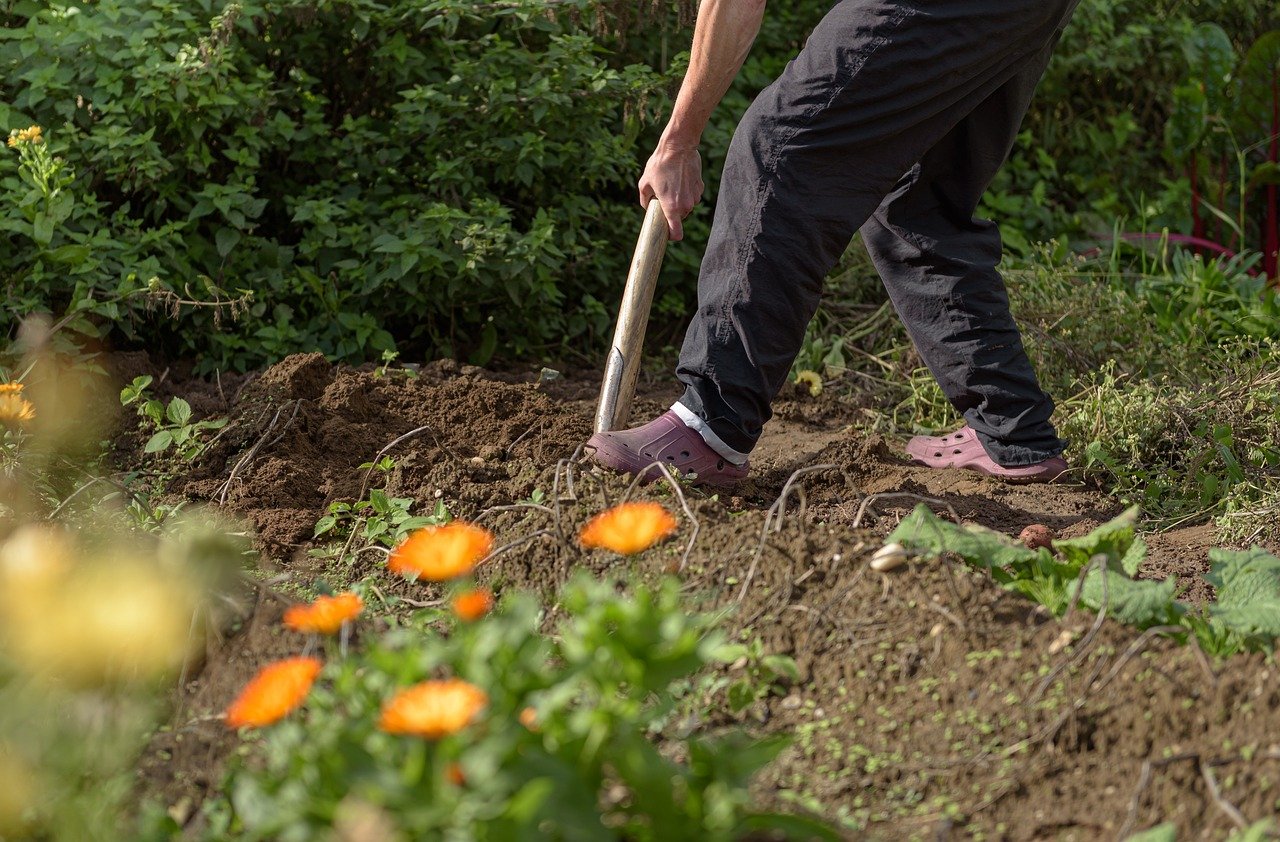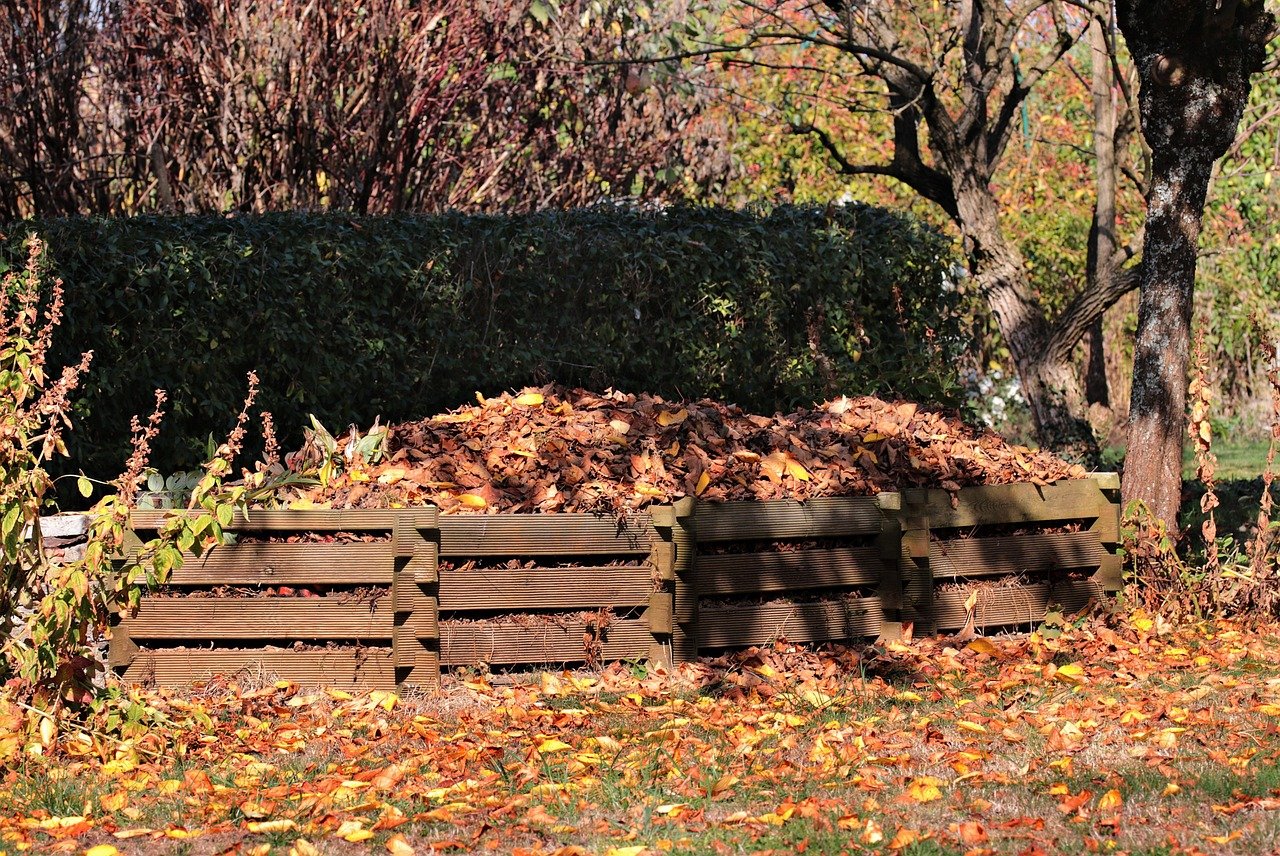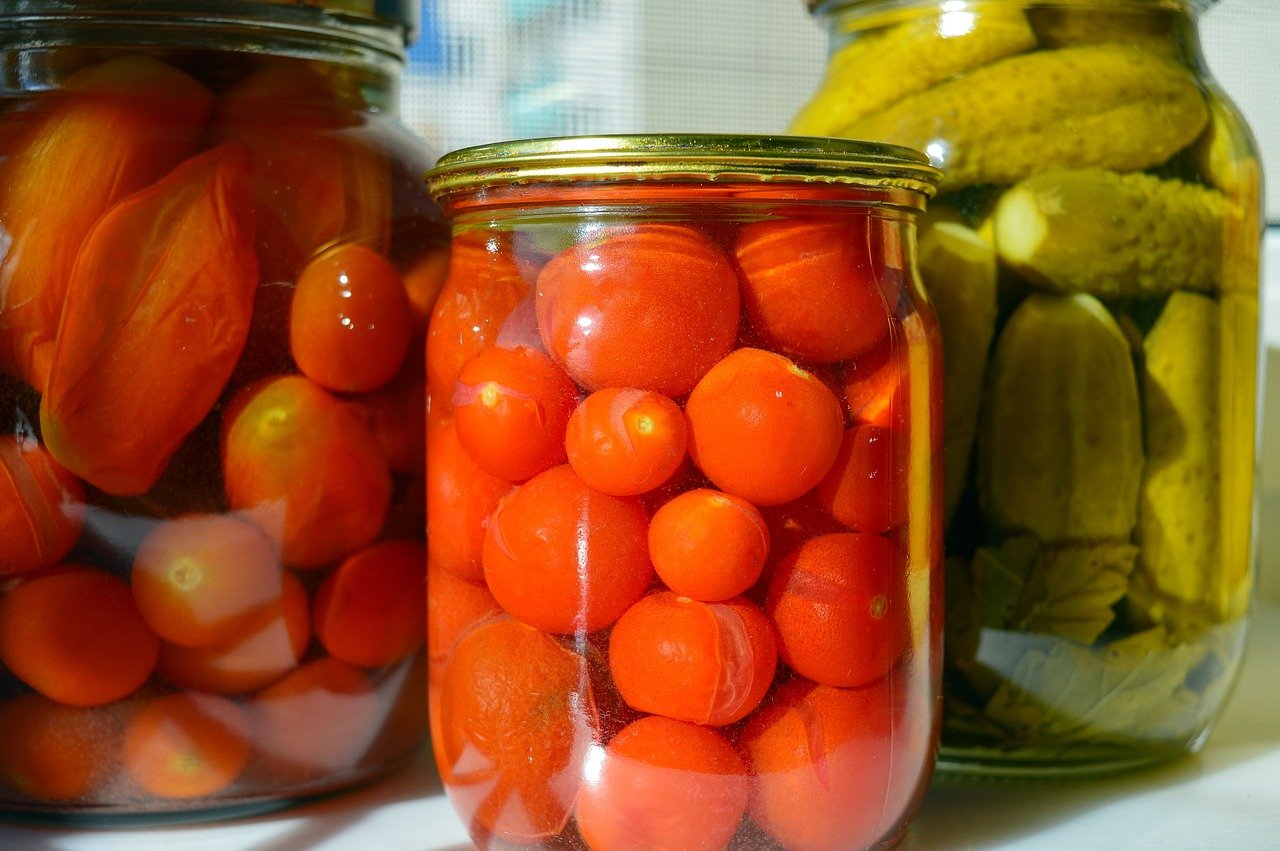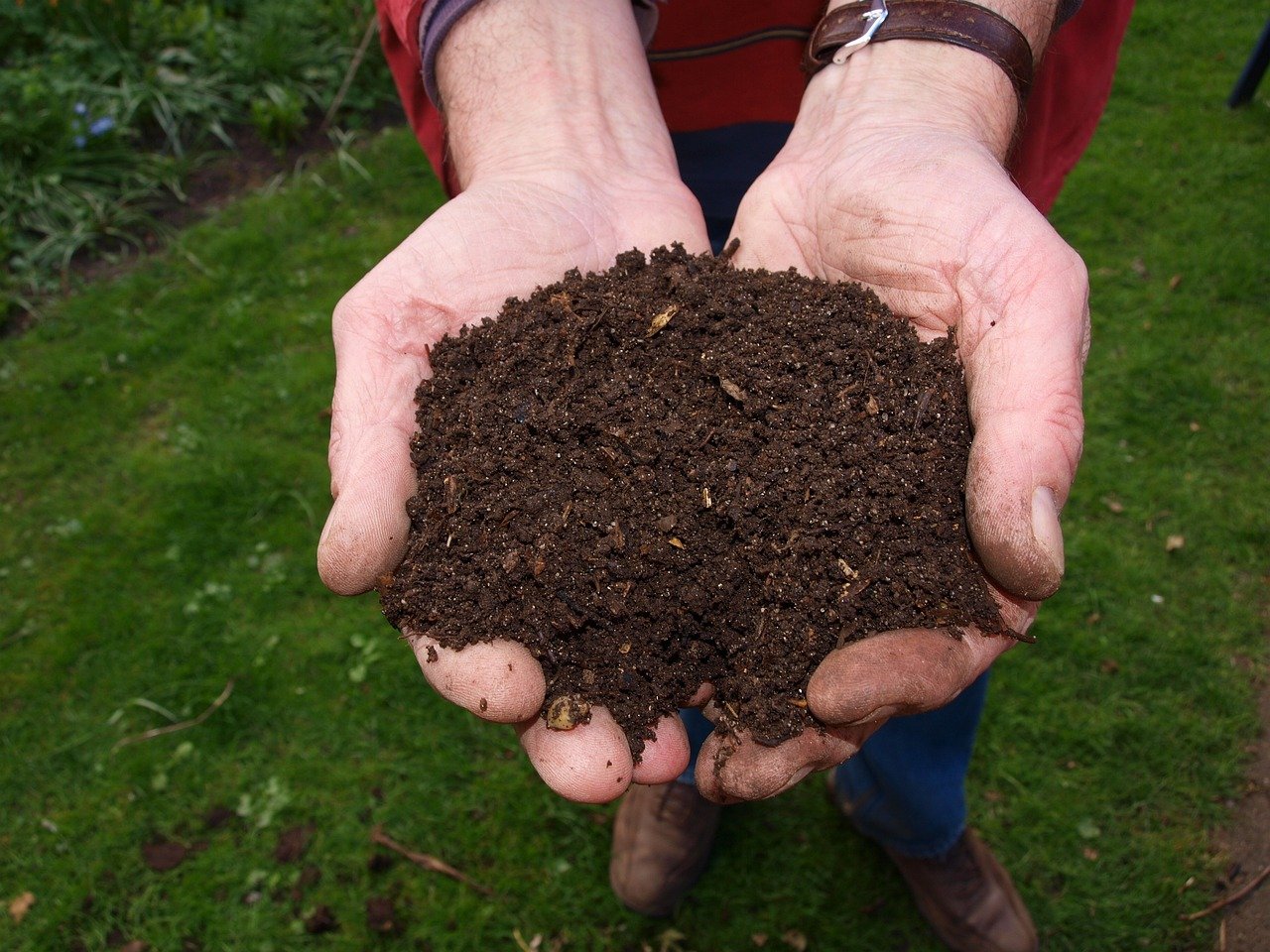
When to start vegetable seeds in zone 6
Understanding Zone 6 Gardening
Overview of Zone 6 climate and growing season
When it comes to gardening in Zone 6, located in areas like parts of the Midwest and Northeast United States, it’s essential to grasp the unique climate and growing season characteristics. Zone 6 typically experiences cold winters with temperatures dropping below freezing, but also enjoys warm summers perfect for growing a variety of vegetables.
The average frost dates typically range from mid-April to early May for the last spring frost and mid-October for the first fall frost. Understanding these seasonal patterns will help you plan your vegetable planting schedule effectively.
Importance of knowing your last frost date
One of the most crucial pieces of information for any Zone 6 gardener is knowing the last frost date in your specific area. This date serves as a guideline for when it’s safe to start planting vegetable seeds outdoors without risking damage from late frosts.
Starting seeds too early can lead to them being killed off by unexpected cold snaps, while waiting too long may result in a shorter growing season. By pinpointing your last frost date, you can strategically plan your seed starting schedule to optimize growth and yield for your vegetable garden.
Determining Seed Starting Time

When it comes to starting your vegetable seeds in Zone 6, timing is everything. The key factor in determining when to sow your seeds is your last frost date.
By knowing this crucial piece of information, you can work backward to figure out the best time to start planting. Most seed packets provide guidance on when to start indoors before transplanting outside, usually based on the average last frost date for your region.
Calculating Back from Last Frost Date
To calculate the ideal seed starting time, take your last frost date and count back the number of weeks recommended on the seed packet for indoor sowing. For example, if your last frost date is around mid-April and a particular vegetable variety suggests starting seeds indoors 6-8 weeks before transplanting, then you should aim to begin planting those seeds indoors around early March.
Considering Specific Vegetable Varieties and Their Ideal Germination Times
Each vegetable variety has its own preferences when it comes to germination times. Some seeds are more cold-tolerant and can be sown earlier, while others require warmer soil temperatures to sprout successfully.
It’s important to consider these differences when planning your seed starting schedule. For instance, tomatoes and peppers are warm-season crops that need a longer growing season compared to cool-season vegetables like lettuce or spinach.
Eagerly Sowing Seeds for Early Spring Harvests
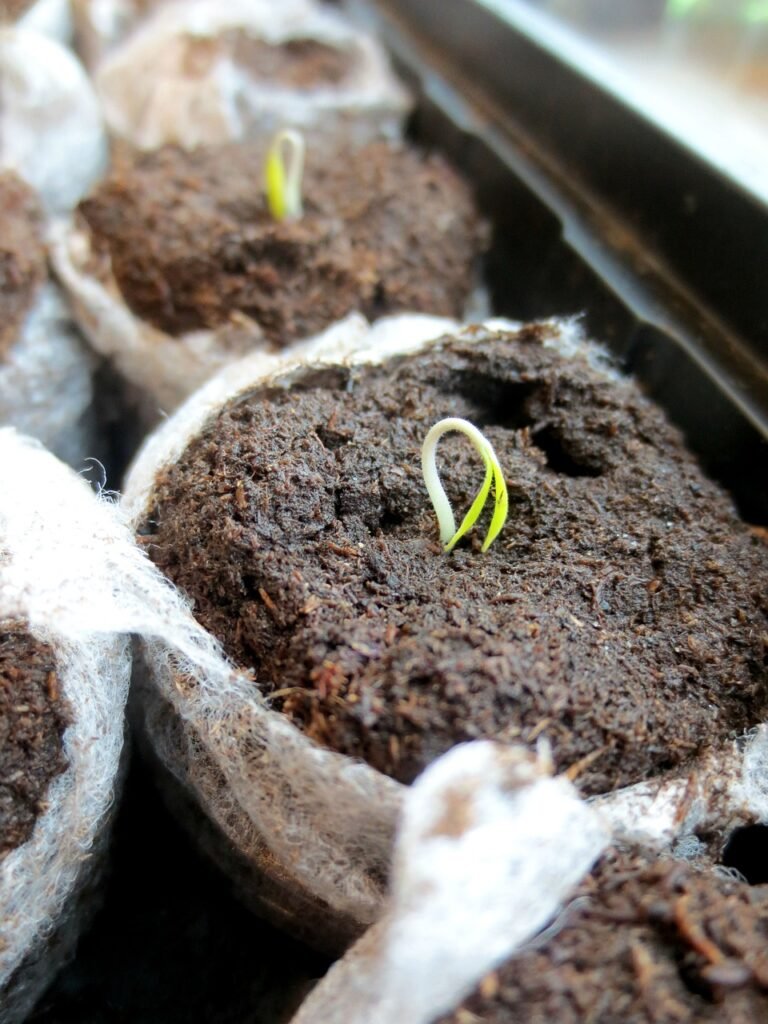
As the cold grip of winter begins to loosen, gardeners in Zone 6 eagerly anticipate the start of their vegetable gardening season. For those looking to get a head start on their crops, early spring seed starting in late winter is the key.
Some vegetables that can be started indoors in late winter include tomatoes, peppers, eggplants, and broccoli. These warm-season crops require a longer growing season and benefit from an early start to ensure a bountiful harvest.
Nurturing Tender Seedlings Indoors
When starting seeds indoors for early spring planting, it’s important to provide the optimal conditions for germination and growth. Begin by selecting high-quality seed starting mix that is well-draining and sterile to reduce the risk of diseases. Use seed trays or containers with good drainage holes to prevent waterlogging and root rot.
Mid-Spring Seed Starting (Early Spring)
Vegetables Suitable for Mid-Spring Planting
As the days grow longer and the soil starts to warm up in mid-spring, it’s the perfect time to sow seeds for vegetables that prefer slightly warmer temperatures. Crops like tomatoes, peppers, cucumbers, zucchinis, and beans do well when planted in mid-spring in Zone 6. These plants thrive in the milder weather and longer days of late spring and early summer, setting them up for a productive growing season.
Direct Seeding vs Transplanting Seedlings
When it comes to starting seeds in mid-spring, gardeners often face the dilemma of whether to directly sow seeds into the ground or transplant seedlings grown indoors. Direct seeding works well for vegetables that don’t transplant easily or have taproots that can be disturbed during transplanting, such as carrots, radishes, and beans. On the other hand, starting seedlings indoors gives a head start to crops like tomatoes and peppers that need a longer growing season than what Zone 6 provides.
Transplanting also allows you to protect young plants from late frosts by keeping them indoors until the weather warms up sufficiently. Consider your specific vegetable varieties and gardening goals when deciding whether to direct seed or transplant seedlings for a successful mid-spring planting in your Zone 6 garden.
Vegetables That Thrive in Late Spring Planting

Late spring in Zone 6 offers a second chance for gardeners to sow certain vegetable seeds that prefer warmer soil temperatures. Vegetables like tomatoes, peppers, cucumbers, and squash flourish when planted in late May or early June. These heat-loving plants thrive in the balmy days and mild nights of late spring, allowing them to grow vigorously and produce abundant harvests during the peak summer months.
Additionally, beans, corn, and okra are ideal candidates for late spring planting as they require warm soil to germinate quickly and establish strong roots. Furthermore, leafy greens such as Swiss chard, kale, and lettuce can be successfully started in late spring to extend your harvest into the fall months.
These cool-season crops appreciate the milder temperatures of late spring before the scorching summer heat arrives. By strategically planning your garden layout with a mix of warm-season and cool-season crops for late spring planting, you can enjoy a diverse array of fresh produce throughout the changing seasons.
Tips for Success with Late Starters in Zone 6
When starting seeds later in the season in Zone 6, it’s crucial to protect young plants from unexpected cold snaps or frosts. Utilizing row covers or cloches can shield delicate seedlings from chilly nights while still allowing sunlight and moisture to reach them.
Additionally, consider using mulch around your plants to help regulate soil temperature and retain moisture during hot days. Moreover, proper watering is essential for late-started vegetables as they establish their root systems.
Be mindful not to overwater but ensure that the soil remains consistently moist for optimal growth. Pay attention to any signs of stress or wilting in your plants and adjust your watering schedule accordingly.
Regular monitoring for pests and diseases is important during late starts since warmer temperatures can attract unwanted visitors like aphids or caterpillars. Implement organic pest control methods if needed to maintain a healthy garden ecosystem.
Special Considerations for Zone 6 Gardeners
Dealing with Unexpected Frosts in the Region
Living in Zone 6 means that unexpected frosts can catch even the most seasoned gardener off guard. These late frosts can wreak havoc on tender seedlings and young plants, so it’s essential to have a plan in place. One strategy is to stay informed about the weather forecast and be prepared to cover your plants if frost is predicted.
Frost cloth or even old bedsheets can provide protection by trapping heat close to the plants. Additionally, grouping potted plants closer together or placing them against a south-facing wall can help shield them from frost damage.
Utilizing Season Extenders like Row Covers or Cold Frames

When gardening in Zone 6, utilizing season extenders like row covers and cold frames can make a significant difference in your growing season. Row covers are lightweight fabrics that are draped over plants to protect them from cold temperatures, wind, and pests.
They come in various thicknesses, providing different levels of insulation. Cold frames are essentially mini greenhouses that create a warm microclimate for your plants.
You can start seeds earlier in the spring or extend the growing season into late fall by using these structures. They are especially useful for heat-loving crops like tomatoes and peppers that may struggle with cooler temperatures.
Conclusion
Recap of Key Points
To wrap things up, let’s quickly revisit the essential takeaways from our discussion on starting vegetable seeds in Zone 6. First and foremost, understanding your local climate and last frost date is crucial for successful seed starting. By calculating back from this date and considering specific germination requirements of different vegetables, you can plan your planting schedule effectively.
Early spring (late winter), mid-spring (early spring), and late spring are the key timeframes to keep in mind for starting seeds, each offering unique opportunities and challenges. Remember to utilize strategies like row covers or cold frames to protect your plants from unexpected frosts in this region.
Encouragement to Experiment and Adapt Based on Personal Experience
As with any gardening endeavor, there is no one-size-fits-all approach when it comes to starting vegetable seeds in Zone 6. Every garden is unique, influenced by factors such as microclimates, soil quality, and individual preferences. Therefore, I encourage you to embrace experimentation and adaptability as you embark on your seed-starting journey.
Our article on starting seeds is a good place to start if you live in other zones too. Check it out here!
Don’t be afraid to try new techniques, varieties, or planting times based on your personal experiences and observations. Gardening is a continuous learning process that rewards both perseverance and innovation – so have fun getting your hands dirty and watching your garden flourish!

